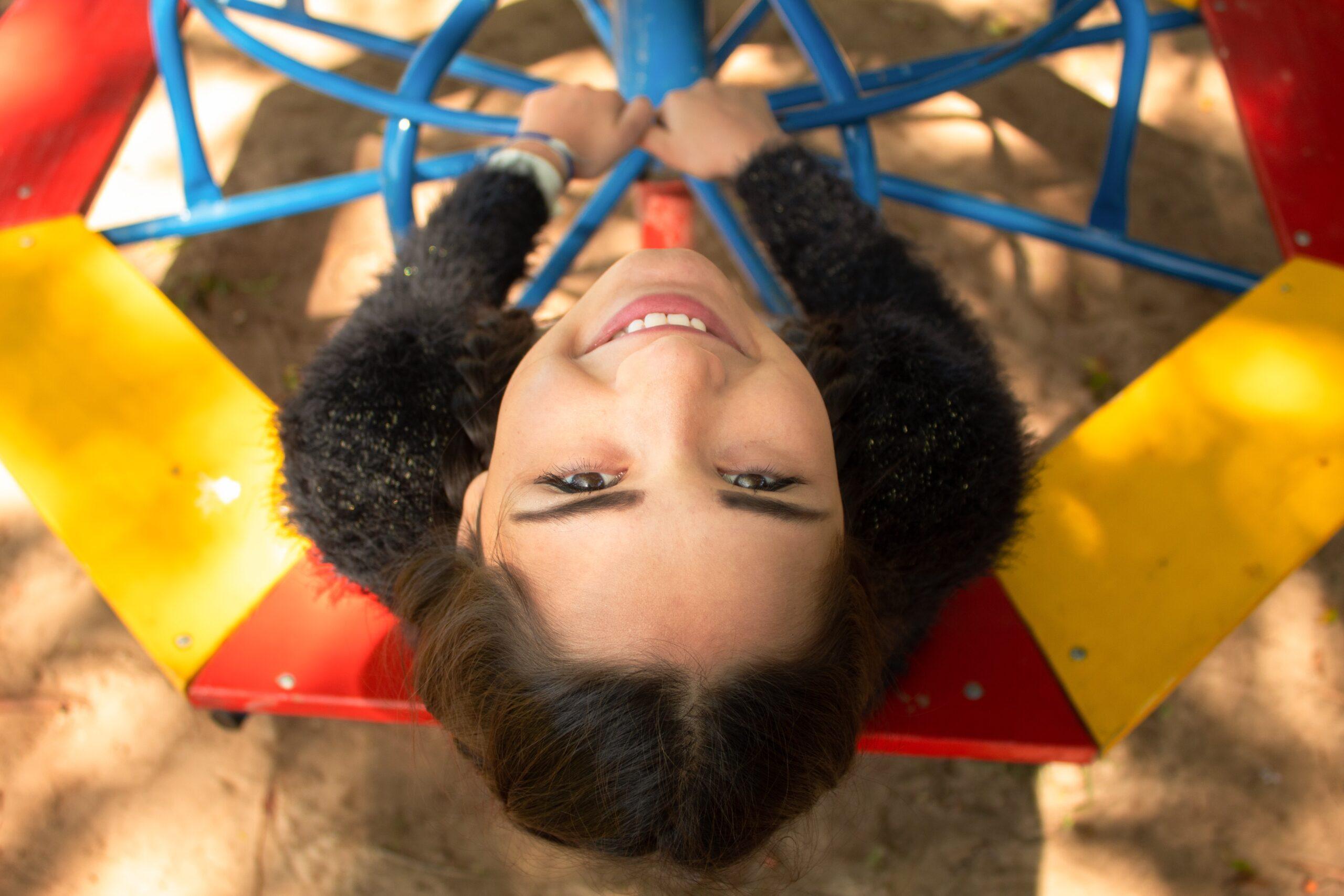Toddlers are injury magnets. In fact, a recent study found that childhood injuries peaked at 15 to 17 months of age. This comes as no surprise, of course, because these natural explorers consider their whole world their playground and don’t really understand the concept of risk.
“Toddlers aren’t yet able to protect themselves, so it’s up to the adults around them to provide a safe environment,” says Rose Ann Soloway, R.N., associate director of The American Association of Poison Control Centers, in Washington, D.C.
To keep your fearless adventurer safe and sound, think one step ahead and use these essential toddler-proofing tactics.
In The Kitchen
- Get into the habit of drinking hot beverages from a travel mug to avoid spills. Use placemats instead of a tablecloth. Push electric coffeepots and tea kettles away from the counter edges, and wrap dangling cords in a twist tie.
- Turn the water heater down to 120° F or lower to prevent scalds from faucets. Cook on the back burners of the stove, and turn handles so they don’t extend over the edge of the stovetop.
- Store cleaning fluids in their original containers, and lock them in a cabinet out of your child’s sight and reach.
- Don’t leave your toddler alone in a high chair, and always use safety straps.
In The Bathroom
- Keep the toilet lid down when not in use. If that doesn’t dissuade your little one from playing in the water, invest in a toilet lock or block the doorway with a safety gate.
- Never leave the room or answer the phone when your child is taking a bath. “You don’t want any distractions during bathtime,” says Meri-K Appy, of the Home Safety Council, in Washington, D.C.
- Don’t use a bath seat or bath ring. They’ve been a factor in dozens of drownings. The seats give parents a false sense of security; accidents happen when seats tip over or children slip out of them.
- Keep all medications and vitamins in their original, child-resistant containers, locked out of sight and reach. Don’t depend on child-resistant caps to do the job; persistent toddlers can open them.
All Around The House
- Scan floors for choking hazards – small toys (anything that fits through a toilet paper roll), coins, batteries and popped balloons are described as “the biggest single nonfood choking hazard” by Robert Sege, M.D., director of the Pediatric and Adolescent Health Research Center at Tufts-New England Medical Center in Boston. Latex balloon pieces are dangerous because they conform to the shape of a child’s airway and are difficult to dislodge.
- Install pressure-mounted gates at the bottom of each staircase and hardware-mounted gates at top. To reduce the risk of falls, keep the barriers up until your child is at least 2 years old and 36 inches tall.
- Place TVs and VCRs on a wall-mounted stand or at the back of a shelf fastened to the wall, with electrical cords out of reach. Studies and statistics show an increasing number of children are injured by falling televisions. Bolt bookcases and chests to the wall with mounting hardware so they won’t tip if your toddler tries to climb on them.
- Use outlet covers on all electrical outlets. Cover sharp edges and corners on furniture and fireplaces with foam or rubber bumpers.
- Choose window treatments that don’t use pull cords; they’re a strangulation hazard. If you must use blinds with cords, cut loops and secure all cords out of reach.
- Keep your child out of your home office by locking the door or closing off the area with safety gates. Its tantalizing contents – from staples to paper clips – are choking hazards.
In The Yard and Driveway
- Lock front and rear entry doors so your toddler can’t leave the house and head to the nearest pool, pond, street or driveway (getting backed over by a car in the driveway is a major cause of injury and death at this age.)
- Purchase a tall flag for the back of your child’s tricycle or riding toy to make it visible to motorists. Buy a helmet certified by the Consumer Products Safety Commission.
- Make sure your backyard play set has a soft surface underneath it. It should have a layer of ground cover like wood chips, mulch or pea gravel at least 12 inches deep and extending from the equipment six feet in all directions.
- Completely enclose pools, ponds or hot tubs with fencing at least four feet high, and install a self-closing, self-latching gate with a lock. And don’t forget to put up a fence between the house and the pool. “A four-sided fence is essential,” says Phyllis F. Agran, M.D., of the University of California Pediatric Injury Prevention Research Group in Irvine.
- At pool parties, assign a supervisor. “Too many parents assume somebody else is watching. Mom assumes Dad’s watching. Dad assumes Mom’s watching, and it’s easy to get distracted,” says Dr. Agran. To avoid injury, one of you needs to be officially on duty and concentrating on your child.
- Keep your tot indoors whenever you use power tools and garden equipment, such as the lawn mower. It’s too dangerous at this stage for your toddler to be your little helper.
- Store matches, antifreeze, charcoal lighter fluid, windshield wiper fluid, gasoline and oil-like medicine in their original containers, out of your child’s sight and reach in a locked cabinet. A mistake many parents make in the summer: “They’ll pour gasoline for the lawn mower into a smaller container, like a measuring cup, and leave that sitting around,” says Soloway. That’s particularly dangerous for curious toddlers because, in the act of trying to swallow it, they can easily cough it into their lungs, which can lead to a fatal pneumonia.
- Empty all five-gallon buckets; they’re a formidable drowning hazard. If you’re using a cleaning solution, don’t let it sit around, and store the bucket upside down so it can’t collect water.
Poison SOS
Add the Poison Control Center at (800)222-1222 to your phone contacts now. If you believe your child has ingested something potentially poisonous, call the Poison Control Center. You’ll be connected with a nurse, physician or pharmacist at a local center who is specially trained in recognizing and treating poisoning. Do this instead of heading directly to a hospital emergency room or calling 911 – you’ll get the fastest advice on how to handle the situation.




